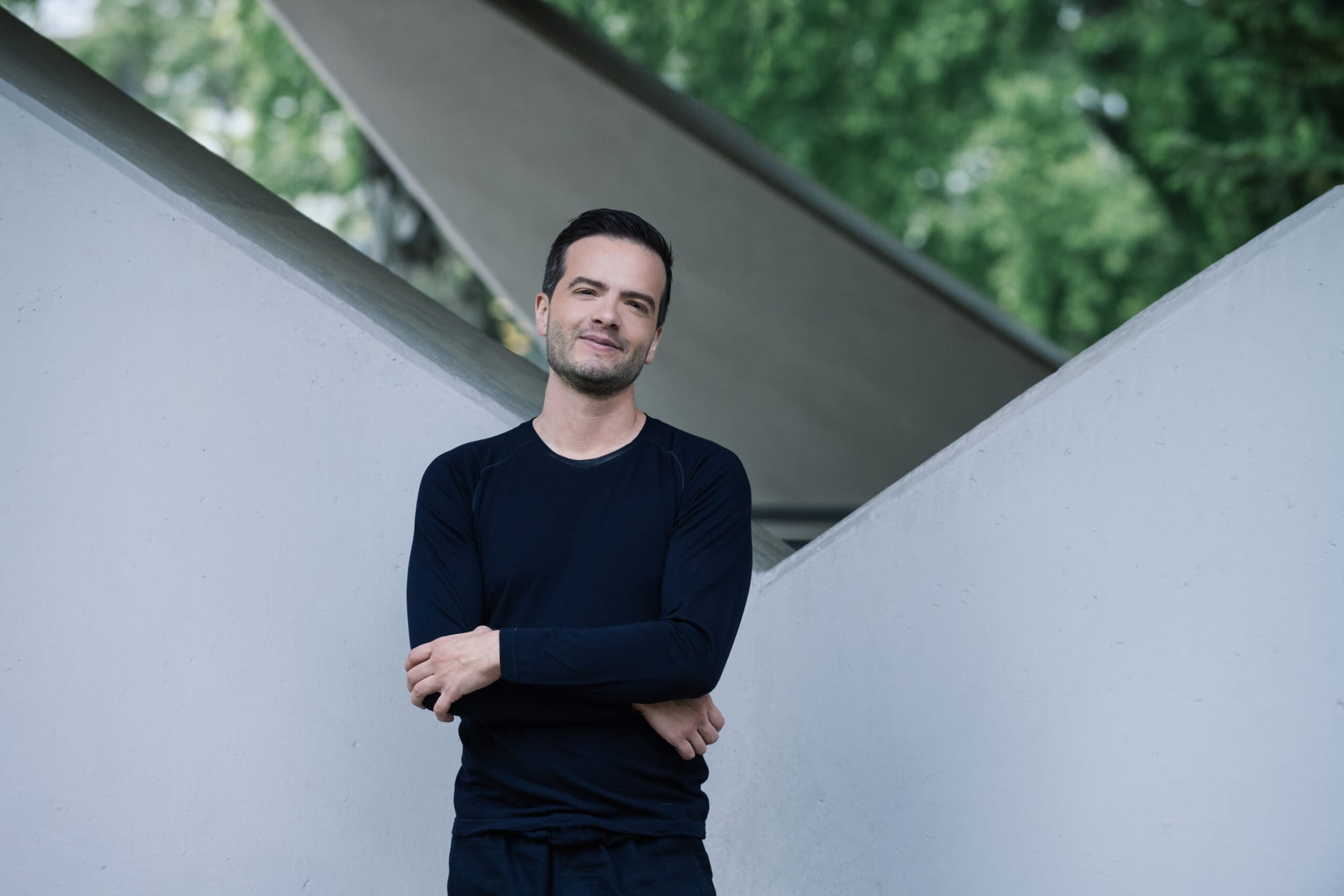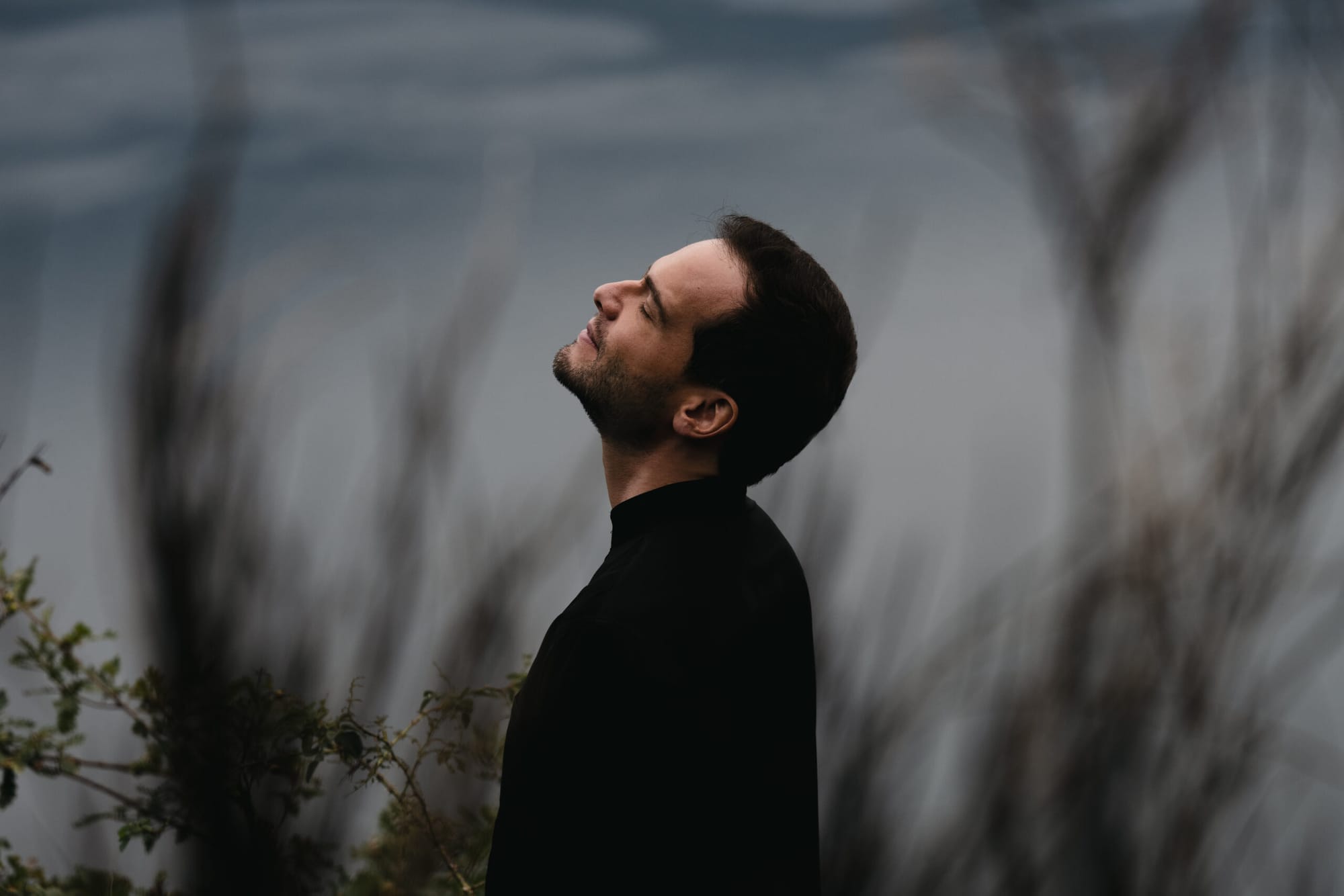
Beethoven, Debussy Francesco Piemotesi (piano). Palais im Grossen Garten, Dresden, 11.05.2024
Beethoven Piano Sonatas: No. 21 in C, Op. 54, ‘Waldstein’; No. 30 in E, Op. 109
Debussy Préludes, Book II, L 131
The title for this year’s Dresden Festival is ‘Horizons’: as Jan Vogler, the director of the 47th festival says,
… far too rarely do we manage to look far out to the horizon, where heaven and earth seem to touch. With the help of our imagination, we can see much further … and let our thoughts wander across the universe.
These are ideas which seemed relevant to the recital by the young Italian pianist Francesco Piemontesi, particularly perhaps in the later Beethoven, and in the lesser-played set of Debussy Préludes.

My previous impressions of Piemontesi have bene uniformly fine: I remember interviewing him around his disc of Liszt Années de pélèrinage (Suisse), and encountering a pianist of fine intellect and unquestionable musicality. His Beethoven is a slightly known quantity, in that he has put down a remarkably sensitive performance of the piano contribution to the Cello Sonata No.4 in C, Op. 102 with Nicolas Altstaedt (on Genuin), and a stunning Third Concerto with the Chamber Orchestra of Europe under Sir Roger Norrington as part of a vast 13-disc Sony box, Classical Music in Switzerland – that peformance is from the Settimane Musicale di Ascona in 2016 (Piemontesi is admittedly on a more engaged level than his conductor). You can also hear Piemontesi and Norrington in this piece but with the SWR Symphony Orchestra (the orchestra of South West German Radio) here:
Piemontesi’s Beethoven has eloquence and maturity. His cause in this recital was helped immeasurably by a fine instrument in the Palais im Grossen Garten, a Steinway from Dresden’s Piano Gäbler. With this instrument, Piemontesi was able to conjure myriad colours.
Piemontesi’s technique is rock solid, which means his Beethoven need never compromise. He took a low-pedal approach to the first movement of the ‘Waldstein,’ textures carefully controlled, rhythm always firm. Clarity was clearly an imperative for Piemontesi, whose finger strength is beyond any doubt. But he also brought moments of glorious fantasy; this was like hearing the work anew. No wonder there was complete silence from the audience in the gap between first and second movements. The second movement, the Adagio molto ‘Introduzione,’ was fascinating. Slow, monumental, this felt far more like late, ‘third period’ Beethoven than middle-period, a pre-echo of what was to come, perhaps. Piemontesi took risks, allowing lines to speak, unadorned, so they exuded an aching sense of longing. The transition to the finale was perfectly judged, the last movement’s opening a ray of light. The notorious glissandi were just that, and despatched as if they were the most natural, and easy, thing in the world.
Moving to Op. 109, there was a sense of overarching structural thought that was incredibly impressive (particularly as it was the one aspect I missed in Klaus Mäkelä’s account of Bruckner’s Fifth Symphony with the Concertgebouw in the Kulturpalast the night before: review to follow). Piemontesi clearly understands, and lives, this music at the deepest level. The second movement is marked “prestissimo,’ and ye the music should not feel breathless. Again, this was perfectly judged; Piemontesi also, in terms of dynamism, was forthright but never forced. Technical control was superb; but it was in the finale that the music elevated to the greatest heights. The marking is, in Italian,’ Andante molto cantabile ed espressivo’ (there is also the German ‘Gesangvoll, mit innigster Empfinding’). This was a true Andante – it moved beautifully – and what followed as the music multicoloured of vistas, from full-toned staccato through Handelian grandeur and onwards to the music of the Elysian Fields.
Both sonatas, in their different ways, place importance on the trill, and it was fascinating to hear Piemontesi acknowledge that link, bringing real variety and importance to each occurrence, an oscillation of energy rather than just an exercise.
The second half was Debussy’s second book of Préludes. For some reason this set seems to appear less in recital programmes, and yet Piemontesi persuaded us of its greatness. Here was identifiably the same pianist with the same traits, but his soundworld modulated towards Debussy, adjusting to that composer’s sense of colour perfectly. Clarity was the watchword for the opening ‘Bouillards’ (Mists), mysterious and veiled. Marked ‘Lent et mélancolique,’ ‘’Feuilles mortes’ (Dead leaves) exuded regret; Piemontesi’s sense of line was what made this reading notable. Character was everywhere in the set, but perhaps most clear in the habanera, ‘La puerto del vino’ (The Wine Gate), the downward arpeggiations carrying fantasy and energy. How Piemontesi’s fairies flickered (‘Les fées sont d’exquisis danseuses’); trills here again alight, perhaps providing the firelight.
This was a performance of contrasts, all held within a structural arc: again, that sense of far-sighted vision binding the whole, just as in the Beethoven. So it was that the gentle ‘Bruyères’ was set against the humour of ‘Général Laine – eccentric’; or the hyper-calibrated strata of ‘La terrace des audiences du clair de lune’ (The Terrace of Moonlit Audiences) against the unpredictable roulades of ‘Ondine’.
Humour certainly arrives with ‘Hommage à S. Pickwick Esq, P.P.M.P.C, ‘with its swagger and its use of ‘God Save the King’. Piemontesi gave the piece’s false pomp perfectly; here could hardly be greater contrast than to ‘Canope’ – the harmonies here positively luminous. The final pair of Préludes move forwards in velocity and momentum, the quietly chattering ‘Les tierces alternées’ (Alternating Thirds) ceding to the great virtuoso challenge of ‘Feux d’artifice’ (Fireworks), the true culmination of the set, a show of highest virtuosity fro Piemontesi both in finger speed and in oolour. Again, a link: the glissando here, perhaps a liberated ‘Waldstein,’ full of exultation; and then, form the mists, the Marseillaise.
Only right, perhaps, that as an excerpt we have Piemontesi live, this ime at Frankfurt’s Alte Opera in 2015:
One encore, but the audience could have easily taken a dozen: the Bach/Busoni Wachet auf, ruft uns die Stimme, from BV B 27 (1898), which has appeared on Piemontesi’s Pentatone disc Bach Nostalghia:
Piemontesi has recorded both books of Debussy’s Préludes for the Naïve label; he is one of the finest of young pianists and deserves to be fully recognised as such.
The cello disc is available at Amazon for streaming here; Bach Nostalgia is here (at only £7.55, and at the time of writing, there is only one copy left in stock). The Swiss Fesivals box is not cheap at £111.20, but so worth it (here).










